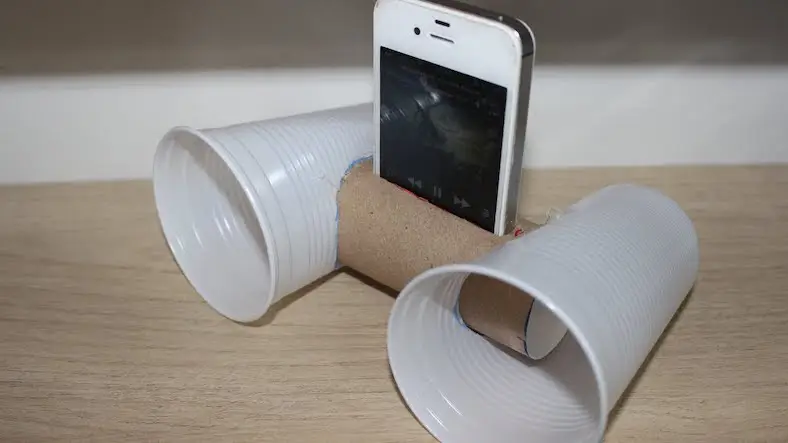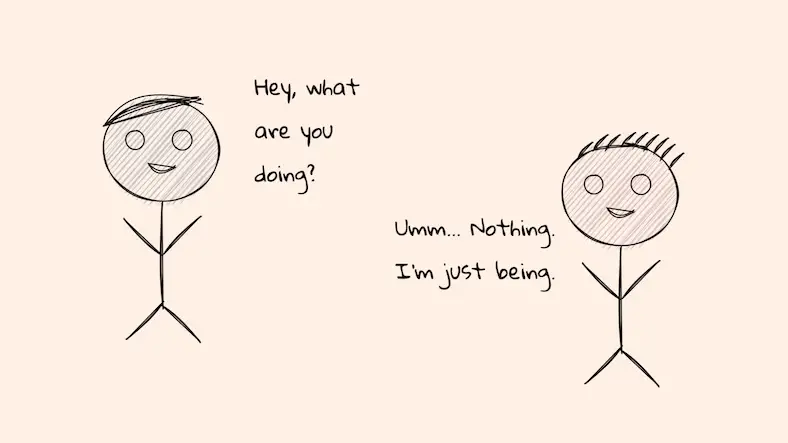Amplifying the sound of a smartphone can indeed be turned into a science experiment, allowing kids to explore the principles of acoustics and sound amplification. Here's a simple science experiment idea:
Title: Investigating Sound Amplification with Everyday Materials
Objective: To explore different materials and their effects on amplifying the sound of a smartphone.
Materials:
- Smartphones (or any audio playback device)
- Various everyday materials (cups, bowls, cardboard tubes, plastic bottles, etc.)
- Scissors (if needed to modify materials)
- Stopwatch or timer
- Optional: Sound level meter (to measure decibel levels)
Procedure:
- Select a variety of everyday materials that can potentially act as sound amplifiers. Examples include cups, bowls, cardboard tubes, plastic bottles, or any other items you think might work. Ensure that the materials are safe and appropriate for the experiment.
- Set up a testing area where you can conduct the experiment without significant background noise interference. A quiet room or a designated area can work well.
- Start by establishing a baseline sound measurement. Use the smartphone to play a specific sound or music track at a set volume level and measure the sound intensity using a sound level meter (if available). Note down the baseline sound level.
- Choose one material from your selection and place the smartphone's speakers against it, attempting to amplify the sound. Play the same sound or music track at the same volume level as the baseline.
- Use a stopwatch or timer to measure the duration of the sound amplification. How long does the sound continue to be audible after the material is placed against the speakers?
- Repeat the process with each material, making observations and measurements for each one. Compare the amplification effects of different materials. Which materials provide the greatest sound amplification? Which ones have the longest duration of amplification?
- Encourage kids to think about why certain materials might amplify sound better than others. Discuss concepts such as sound reflection, resonance and how the properties of materials influence the amplification.
- Optionally, kids can graph or chart their results, comparing the sound levels and durations of amplification for each material.
- After the experiment, discuss the findings and conclusions. Ask kids to reflect on the factors that contribute to sound amplification and how they can apply this knowledge in other scenarios.
Safety Considerations:
- Ensure that the selected materials are safe and do not pose any hazards.
- Monitor the volume levels to prevent excessive noise exposure.
- Adult supervision is recommended throughout the experiment.
This experiment allows kids to explore and experiment with different materials while learning about sound amplification. It promotes critical thinking, observation and the scientific method. Have fun investigating and discovering the science behind sound amplification!
Thanks for reading the article, for more Science and Technology related articles read and subscribe to peoples blog articles














